Another almost universal species on man-made waters everywhere, bream are a timeless favourite of the canal angler. For the weekend visitor glued to a float or quiver tip, a bream is so often the best fish of the day to grace the landing net; for match anglers, their presence offers the chance to build a winning weight.
In some quarters these fish are currently rather taken for granted, even maligned. Bream are slimy and docile looking, admittedly. Nor do they fight especially hard, and in fact that bronze, lumbering frame and dozy eye only add to the impression that they live their entire lives in slow motion.
Populations of bream can vary immensely, from small pods of large fish to shoals numbering dozens. Smaller bream which have yet to turn fully bronze (commonly known as ‘skimmers’) also proliferate on many waters and provide excellent sport. And while Britain’s canal networks rarely provide huge individual fish, double figure ‘slabs’ have been caught on several waterways such as the Lee Navigation and Exeter Canal.
Lessons in Bream
My first infatuation with canal bream began on a wide lock pool. The sight of rolling backs on summer evenings had my brother and I transfixed. The first lesson was simple: you wouldn’t get a bite unless you were in the deep, central track of water. Either the fish were very savvy or our tackle was too crude at the time, because they gave only the most gentle of plucks on a quiver tip. We caught so many eels trying for them that a switch to corn was made. It took us a long time to land one and I can still remember the disappointment after the first was hooked and lost, a huge-looking fish that wallowed at the surface before slipping free, agonisingly close to the net.
These wily monsters were probably several years older than my tender age at the time, and provided a tough schooling in the art of bream fishing on the Cut. Looking back on the episode, a few lessons emerge. Bream will sometimes graze over long distances on canals, but there are always key areas that seem to produce fish time and again. Shallows margins are a waste of time, but if you can find any wide, deep areas you will almost certainly find bream. Boatyards and turning bays are capital.
On fairly uniform stretches of water, your best bet is in the deepest water, either at the bottom of the slope each side, or slap bang in the central ‘track’. If in any doubt, take a walk on a mild evening in likely areas and you’re more than likely to see fish roll. Why they do this is a mystery, but along with bubbles or churned-up silt, those turning backs mean feeding fish.

This dark and ancient-looking specimen of over six pounds came right down the central boat track.
As dopey as bream look, they can be tricky feeders. This is especially true where fishing is popular, and they are no suckers for crude presentation. Because bream fight only moderately for their size, it is safe to use relatively fine tackle and with balanced tackle, low diameter hooklengths of 2-3lbs are generally adequate. Perhaps the bigger risk is that you’ll often find tench and other bonus fish in similar areas.
TO STRIKE OR NOT TO STRIKE?
Bream can be tentative biters on the quiver tip. When should you strike? If you’re expecting skimmers and the odd bigger fish, any positive movement where the tip plucks and holds should be hit. If tiny bites don’t seem to develop, try taking just a little tension out of the quiver tip to see if the fish bite better with a fraction less resistance. The rules can change with a shoal of real dinner plate ‘slabs’ however. These can give false ‘line bites’ where the tip pulls rapidly once before bouncing flat, hence it may be best to wait for the tip to pull right round.
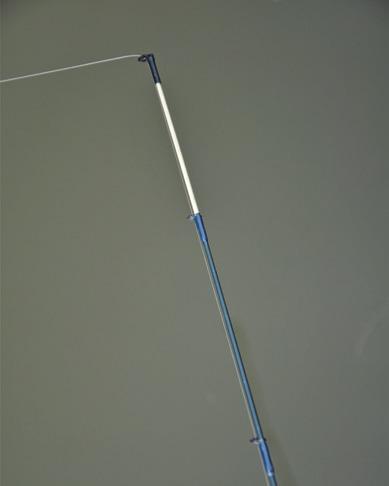
Balanced tackle should indeed be the watchword for bream fishing, because not only will light tackle provide better fight from this sleepy customer, but forgiving tackle also prevents hook pulls, and the smaller skimmers, especially, have quite soft mouths.
As a confirmed bottom-feeder, bream are one of those species that demand a still hookbait, right on the bed. For this reason, as well as their sometimes finicky bites, the pole represents unbeatable stability and sensitivity. But a feeder rod can quickly become first option on wide sections of canal where a pole won’t reach or the weather turns nasty.
Deads are deadly
Dead maggots are an excellent bait for bream. These are less attractive to small fish and won’t bury into the bottom, providing your chosen quarry with an easy mouthful. One quick way to create dead maggots for the hook is to roll them on your knee (as shown). Where real net fillers are expected, try a trio of dead reds on a size 12 hook.

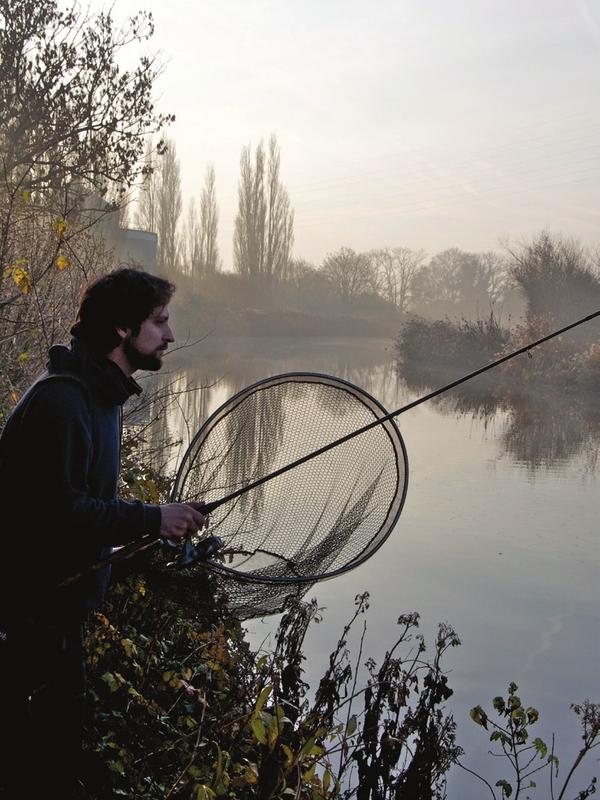
Early morning on the Exeter Canal and the author studies a wide bend for signs of rolling fish.
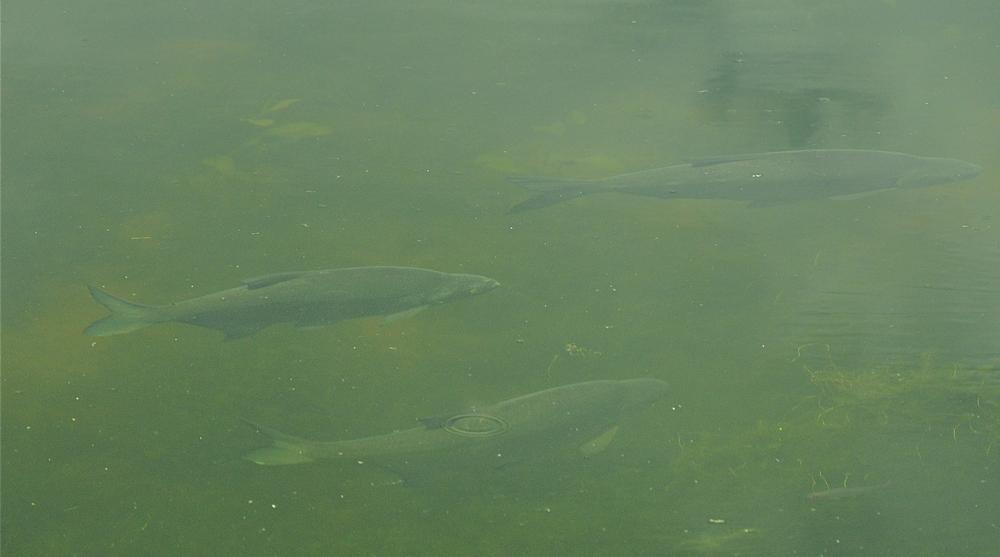
A trio of summer bream cruise in plain sight. In such conditions an early or late session might be best.

Where bigger bream are present, a worm and caster cocktail is a winner.
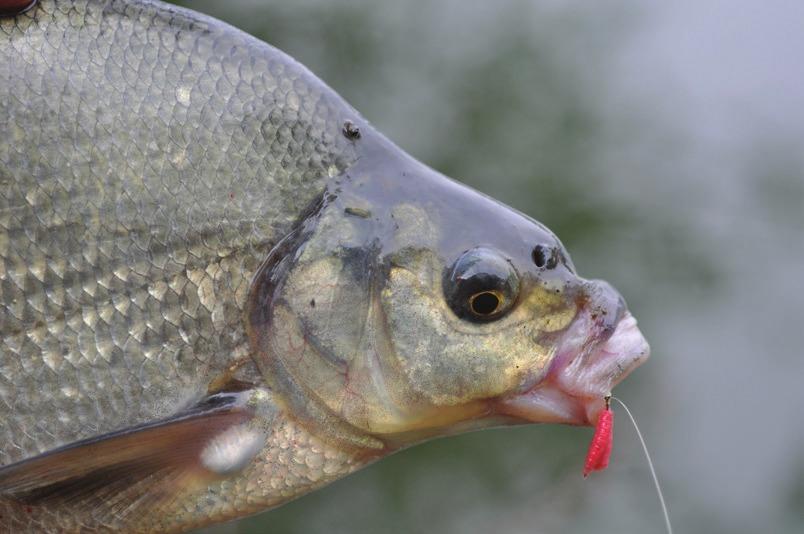
Maggots catch bream year round, but try a bunch if small fish prove a nuisance.
Baiting Strategies
Bream can be taken on all manner of baits. Maggots, bread, corn, boilies – you name it, bream will eat it. Few match anglers would be without worm and casters for bream fishing, however, which are superbly effective. Maggots, including the smaller pinkies and squats, can also work but tend to be less selective. That said, dead maggots are an absolutely firstrate bream bait.
Of course, your hookbait is only the final part of the puzzle for bream. Groundbait is often the key to both drawing fish into the swim and keeping them there, and whether skimmers or large ‘slabs’ are the target, the species has a particular liking for a potent mix.
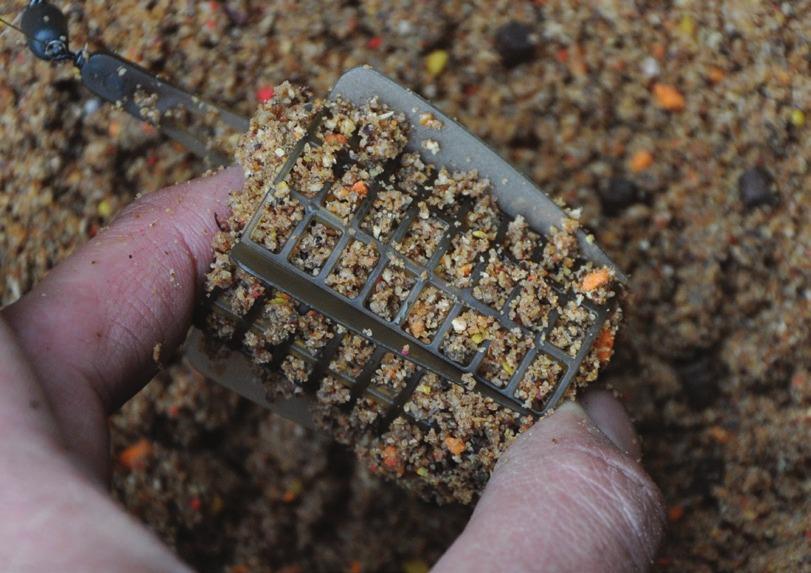
On wide, open sections of canal, the feeder is a useful bream weapon.
The difference a savvy feeding approach makes can be absolutely critical to success. Even an average shoal of fish can eat a lot of bait, so an initial bed of crumb laced with hookbait samples makes perfect sense. This might mean two or three small balls just to test the swim on a tough canal or match conditions, but could also mean a much heavier bombardment where a good net is expected. Your aim is to get the fish feeding vigorously and the advantage of groundbait is that it offers a lot of smell and tiny grains of food to keep a shoal occupied.
Two other useful options are pre-baiting and night fishing. At its simplest, pre-baiting can mean going to a likely spot the evening before your session and introducing a good quantity of bait. This could be several kilos of crumb mix, along with a generous helping of tit-bits: frozen sweet corn or stewed wheat are both cheap and effective.
It’s fair to say that early morning and late evening are prime times for bream, but if you seek a really healthy bag of fish it can be well worth staying on into night. On several occasions, years ago, I would head for a canal basin and brave the attentions of night-clubbers and well-oiled pub goers for the chance to plunder a big shoal of bream, which would appear from nowhere as the light departed, demolishing entire tins of sweet corn and anything else you might throw at them.
Alternative Tactics
Most bream anglers might have a favourite formula for success, but the season sees quite a wide variation in approach. Like roach, bream will gravitate towards areas where birds are fed and free food is introduced. I was once pegged near to an old couple’s back garden in a winter match and watched with interest as the birds were fed prior to the contest. My neighbour had drawn right opposite the garden and fishing directly over the area with bread, catching several bream and skimmers to build a tidy net.

A proper net-filler from a turning bay, which is always classic bream territory.
Bread is an absolutely key winter bait. Tactics can be similar for roach fishing on bread punch, but you can be more liberal with introducing feed and it is well worth trying a bigger hook such as a 12 or 14 with a larger piece of punch.
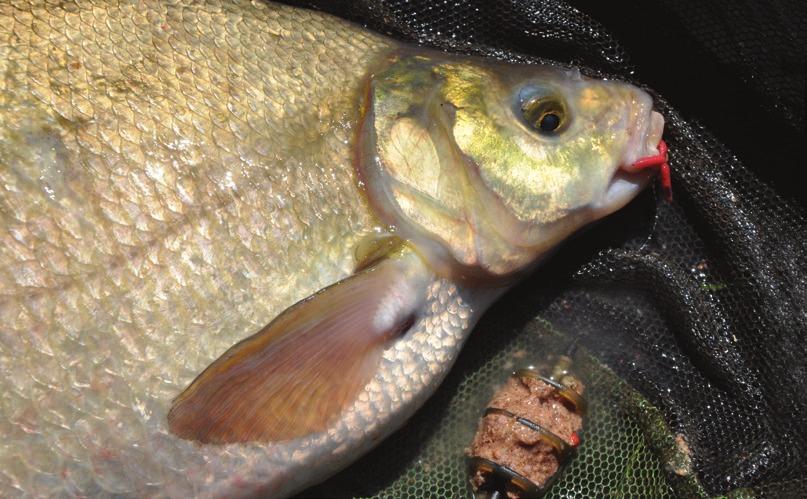
The method feeder is a good tactic for bigger bream, turning fussy bites into wrap-rounds.

Out of left field: this three pounder took a wet fly six inches under the surface on a baking hot day.
The disadvantage in winter fishing can be the clearer water, which tends to lead to shoal-mates spooking when you start hooking bream. One solution is to rest the swim, perhaps introducing more feed in a separate area, so you have another line to try should the bream shy off your initial feed.
It goes without saying that bream can respond to swim feeder tactics, but another slightly improbable ploy is the method feeder. This can be absolutely lethal in warm weather, when a frame feeder loaded with sticky groundbait and a very short hooklength can do away entirely with fussy, shy bites and see the fish virtually hook themselves. It might seem crude, but if you can get them feeding hard and cast a method feeder, it’s usually a case of ignoring all the taps and simply waiting for the rod to pull right round. Admittedly, a small open-end feeder is better for smaller skimmers, but the method works excellently for the better ‘slabs’.
As for the broader habits of bream, these shy fish are a subject of quiet fascination. I have caught the odd fish on lures during May and June, when the fish start to enter spawning mode and can develop a bizarre aggressive streak.
Perhaps my most unusual canal bream captures have been with the fly rod, however. In baking hot conditions, it is not unusual to find a whole shoal of fish simply basking within inches of the surface. They look docile and uninterested, but on occasion I’ve managed to tempt one of these fish by dropping a slow sinking wet fly into their eye level. Such captures are anything but the norm.
As a final thought, bream fishing often seems at its best during or just after periods of grey, rainy weather. This could be due to the extra colour in the water, levels rising and the canal getting stirred up or simply the species’ greater confidence on duller days.
Whatever the theory, grim skies can equal quality bream fishing.

Dull, overcast skies and a wide section of canal – a good combination for bream. Or so Paul Marks was hoping on this occasion.